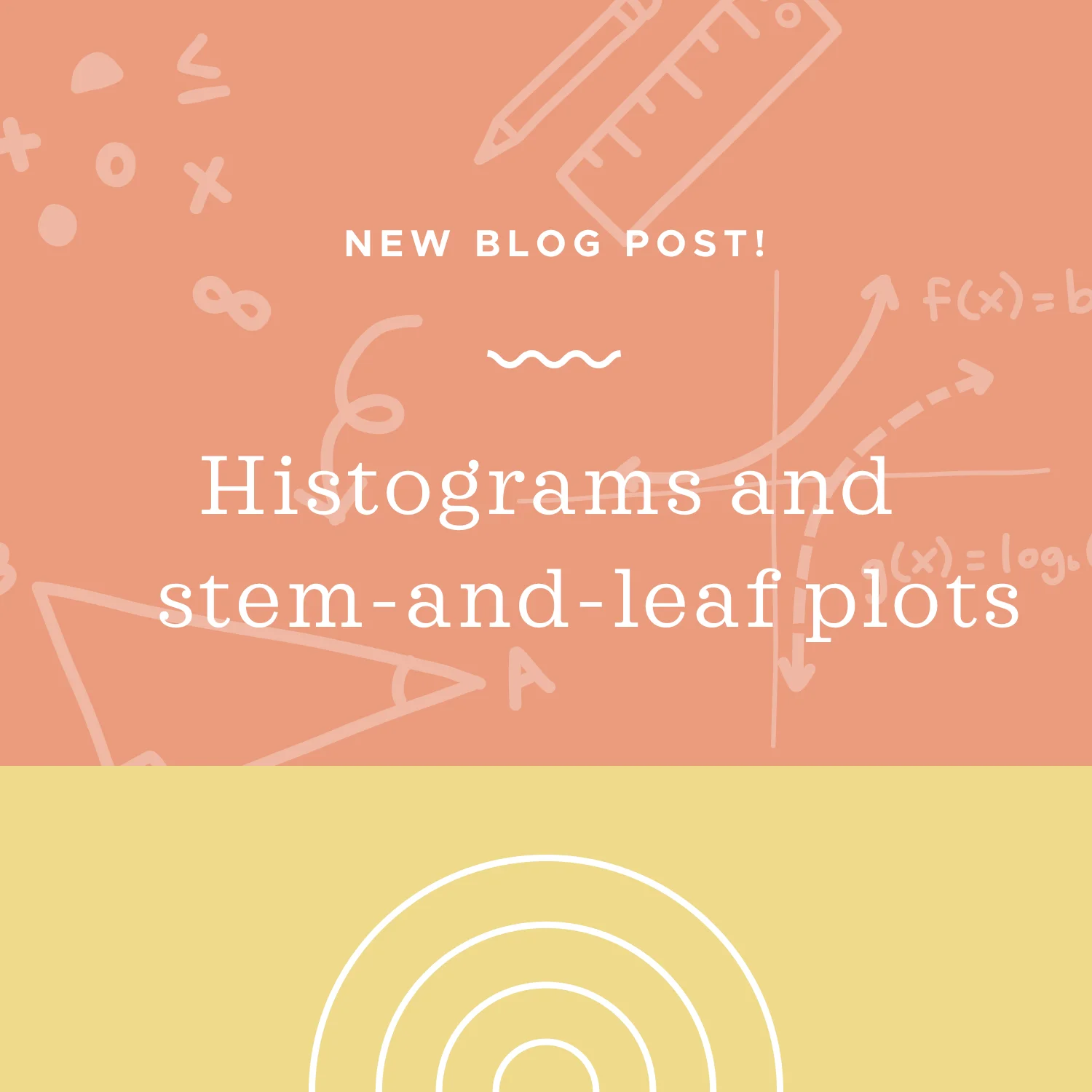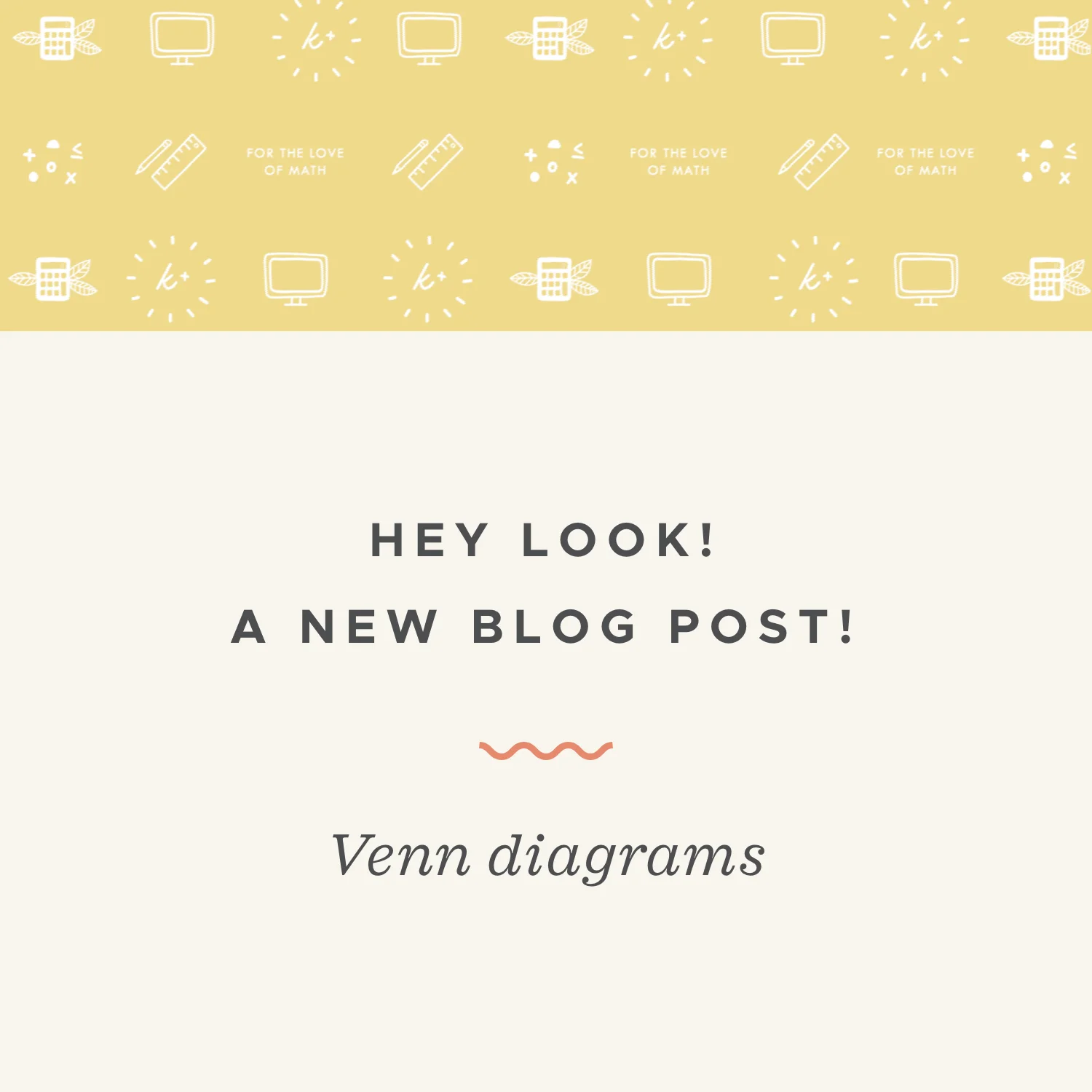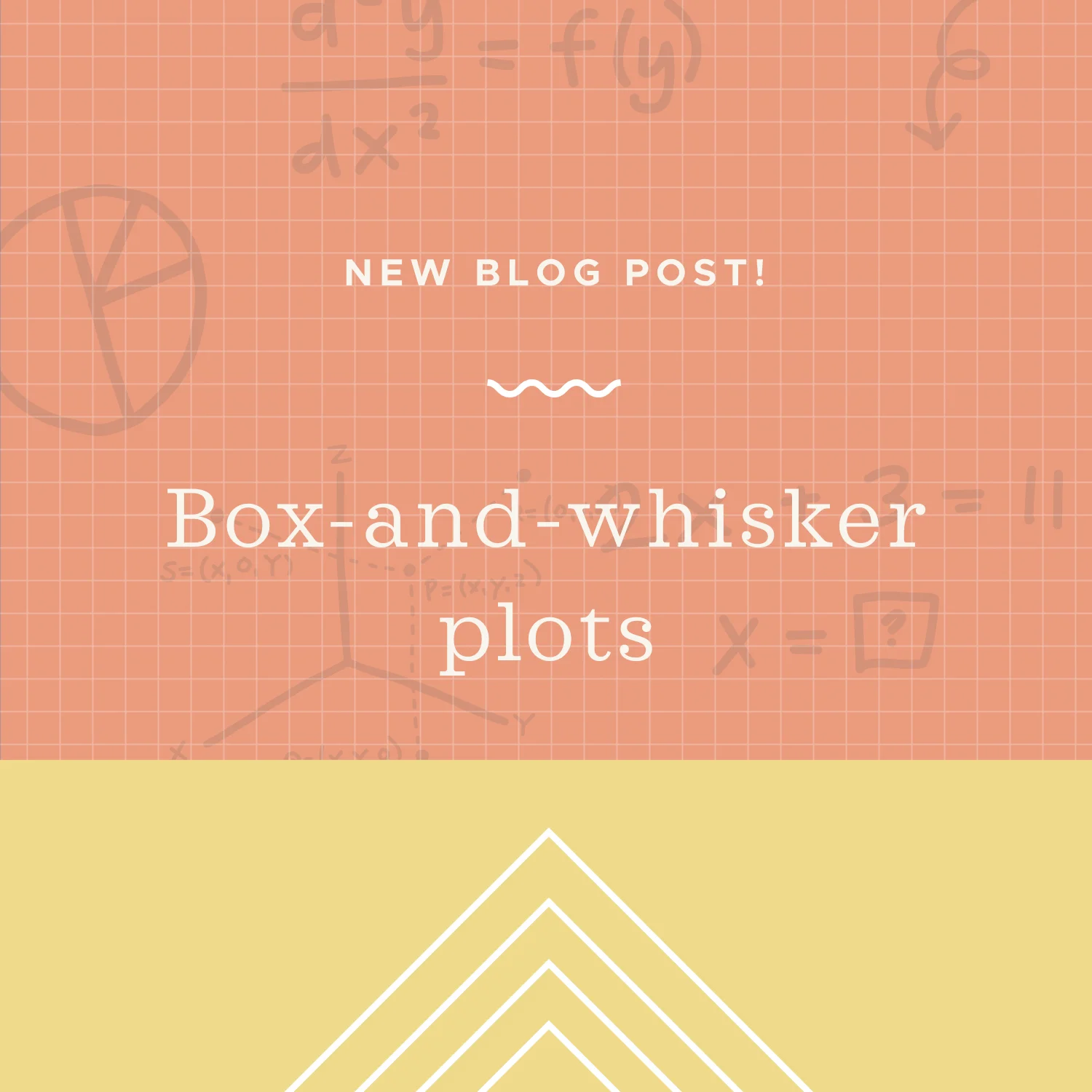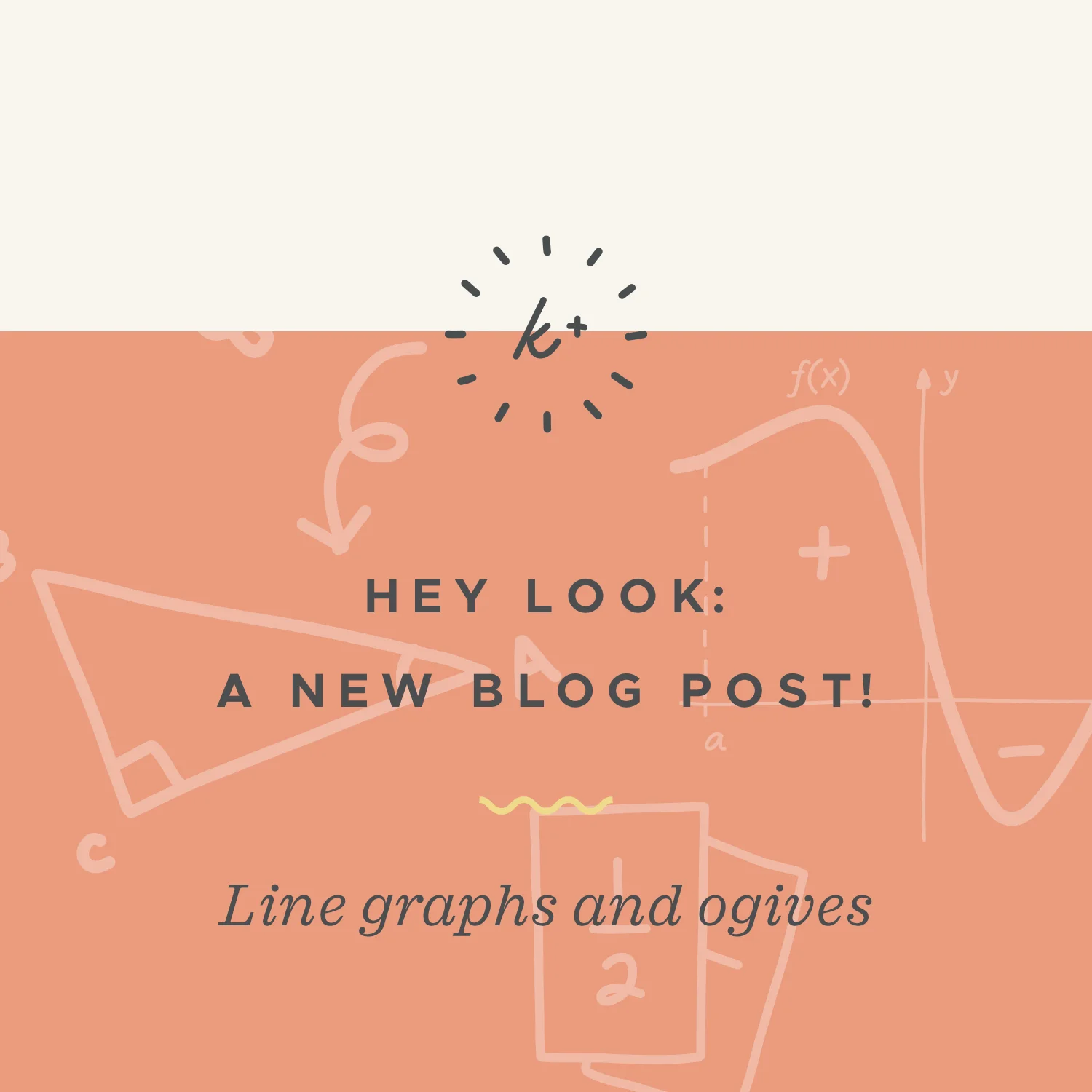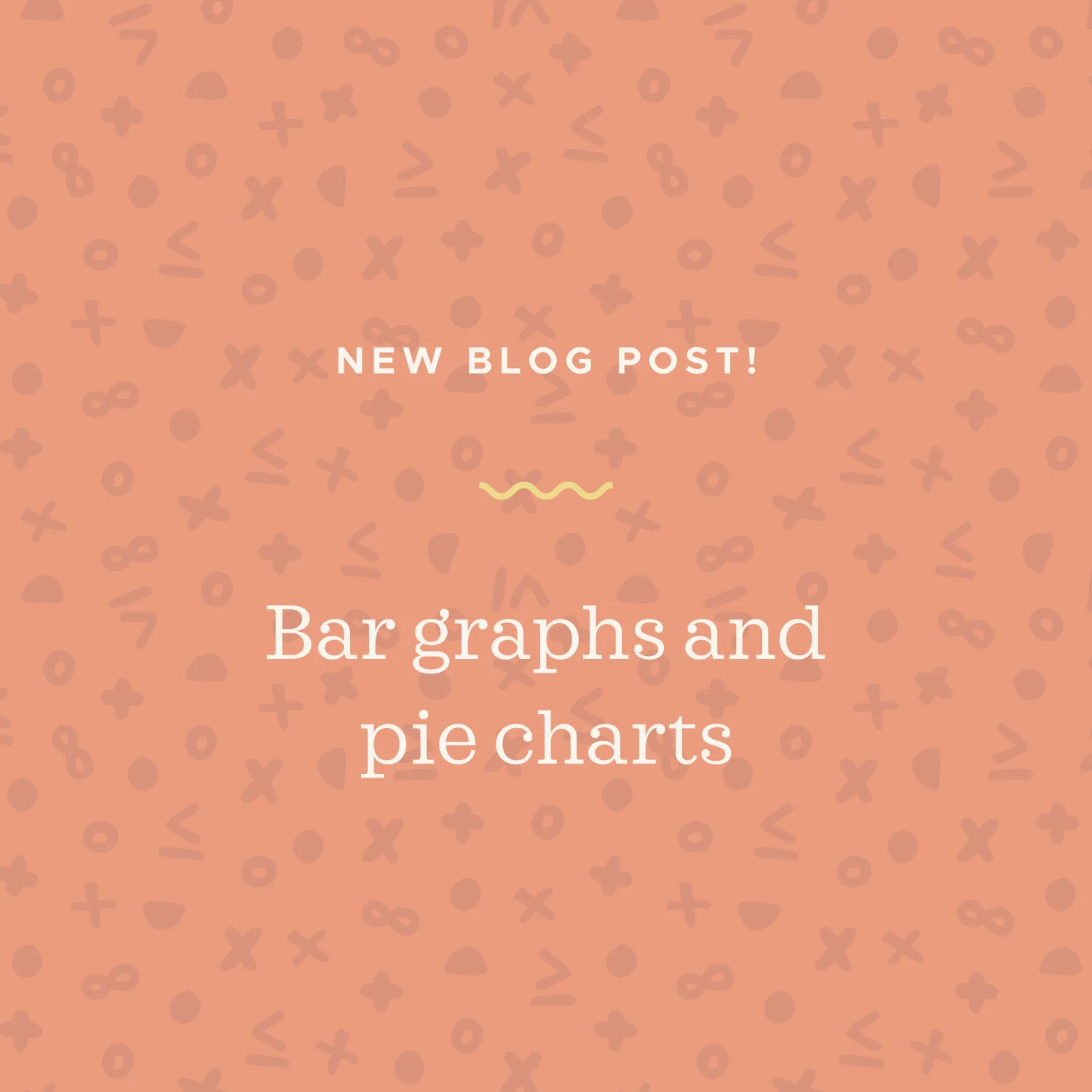A histogram, also called a frequency histogram, is just like a bar graph, except that we collect the data into buckets or bins, and then sketch a bar for each bucket. Each bucket needs to be the same size so that they’re capable of holding the same amount of data. A stem-and-leaf plot (also called a stem plot), is just another way to summarize data. It’s similar to a histogram, because both types of charts group together data points, and are good ways to show how many data points fall into a certain category or range.
Read MoreWe’ve seen how we can express data in a two-way table, and then translate that data into bar and line graphs. But we can also express data from a two-way table in a different visualization, called a Venn diagram. Venn diagrams help us express the overlap, or not, in categorical data.
Read MoreBox-and-whisker plots (also called box plots) are a great way to represent a data set when we want to show the median and spread of the data at the same time. The median is represented by the line through the center of the data, and the first and third quartiles are represented by the edges of the box.
Read MoreLine graphs are really similar to bar graphs. In fact, to turn a bar graph into a line graph, all you have to do is connect the middle of the top of each bar to the middle of the top of the bar beside it with a straight line, and you’ll form the line graph. Ogives are like cumulative line graphs.
Read MoreBar graphs and pie charts can both be used to represent the same set of data. Pie charts will work better for some data sets, but bar graphs will work better for others.
Read More


